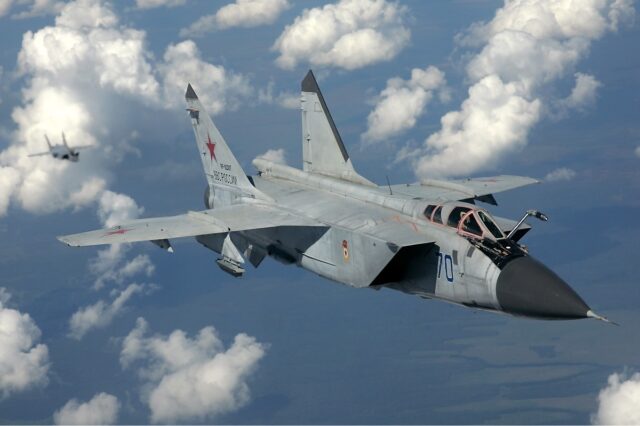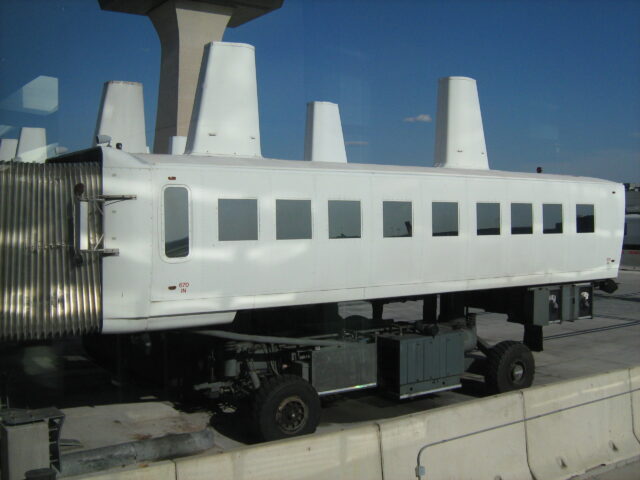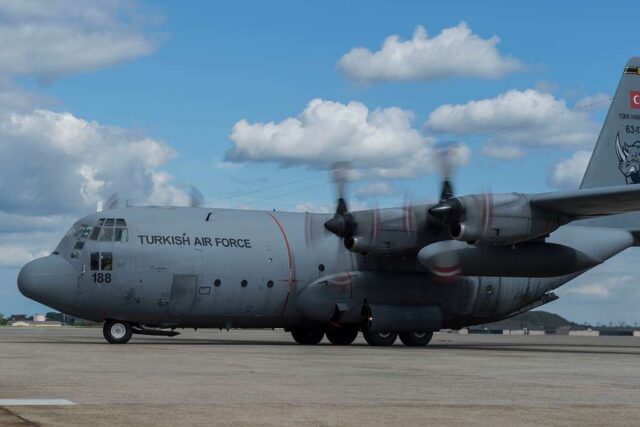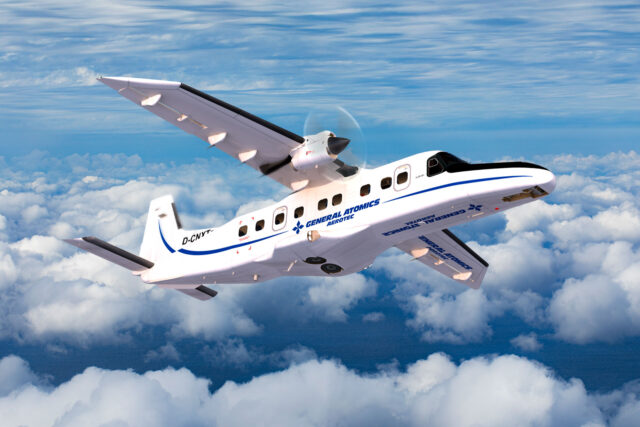Singapore becomes the first country to impose a SAF levy on outbound flights

November 11, 2025
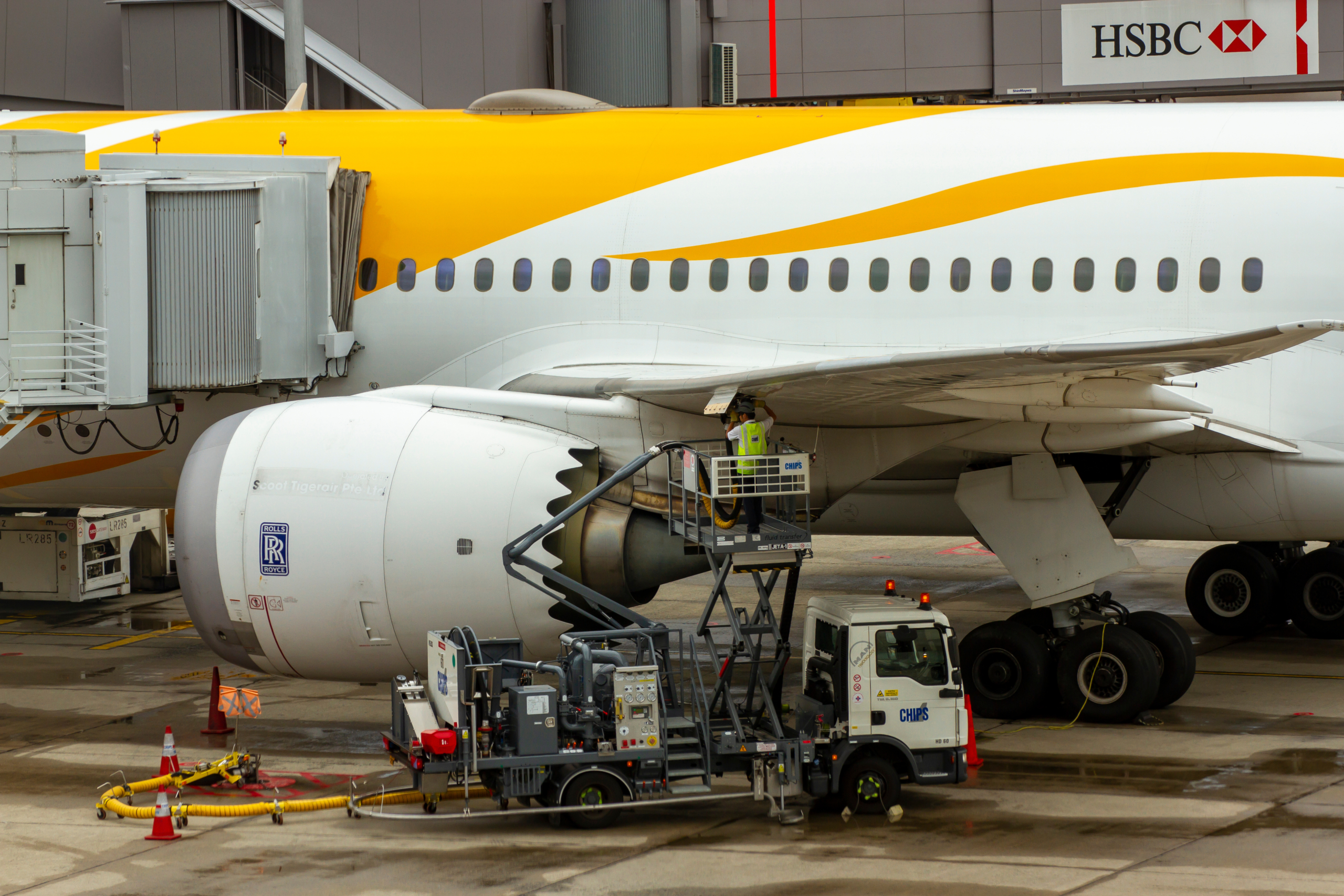
The Civil Aviation Authority of Singapore (CAAS) has announced the introduction of a new Sustainable Aviation Fuel (SAF) levy for all departing passengers, as well as outbound cargo shipments and general and business aviation flights.
The levy is due to come into effect on flights departing Singapore from 1 October 2026 and will be payable on all air tickets or other aviation services sold from 1 April 2026.
In doing so, Singapore will become the first country worldwide to introduce this type of surcharge in the name of sustainability.
The origins of the new SAF levy
In 2024, CAAS launched the Singapore Sustainable Air Hub Blueprint, which set out Singapore’s approach to the long-term, sustainable growth of Singapore’s aviation sector.
Under the Blueprint, CAAS said it intended to work with aviation stakeholders to reduce domestic aviation emissions from airport operations by 20% and achieve net-zero domestic and international aviation emissions by 2050.
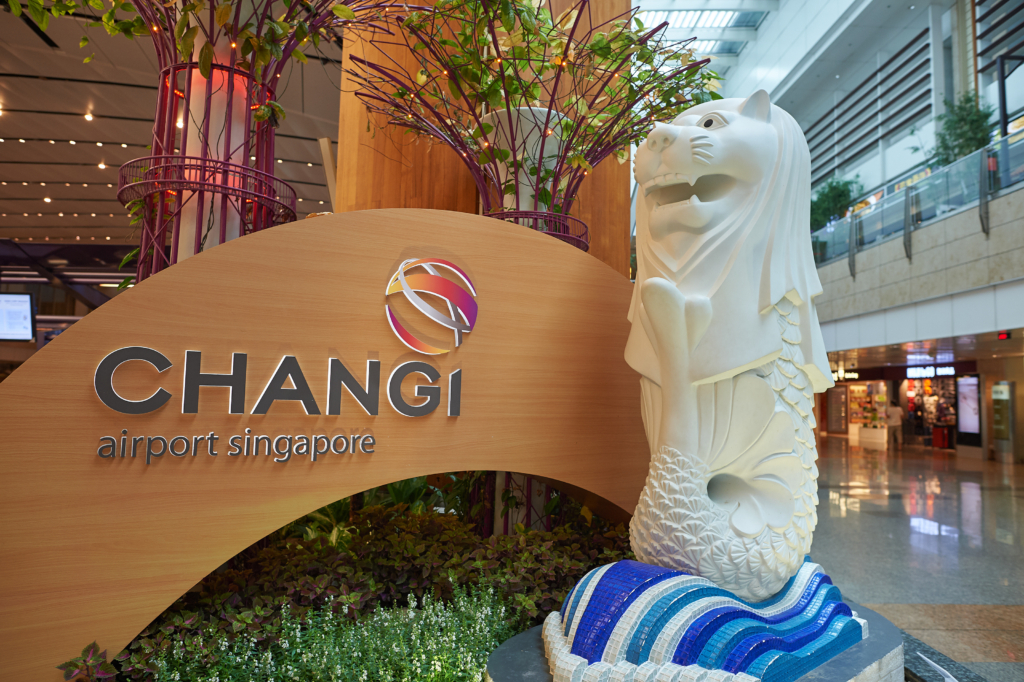
In February 2024, as part of that strategy, the CAAS unveiled its plan to introduce a new levy aimed at decarbonising airline operations. Specifically, the levy is being introduced to support the country’s goal of having 1% of all jet fuel used at the city-state’s Changi and Seletar Airports come from SAF by 2026.
This figure is planned to increase further to 3-5% by 2030, depending on “global developments and the wider availability and adoption” of SAF.
How is the levy to be calculated?
The quantum of the SAF levy is set based on the volume of SAF needed to meet the 1% SAF target for 2026 and the projected price premium of SAF over conventional jet fuel and other associated costs, including the cost of certification, blending, and delivery.
As longer passenger flights consume more fuel, the SAF levy varies based on the distance travelled. For simplicity and ease of administration, all destinations from Singapore are grouped into four geographical bands.
For flights with multiple stops, the SAF levy applicable is based on the immediate next destination after departing Singapore. The bands include the following county groups –
- Band 1 – Southeast Asia
- Band 2 – Northeast Asia, South Asia, Australia, Papua New Guinea
- Band 3 – Africa, Central and West Asia, Europe, Middle East, Pacific Islands, New Zealand
- Band 4 – Americas
The SAF Levy for passengers will be set on a per-passenger basis and varies based on the distance travelled (as classified by the four geographical bands). It will also be set according to cabin of travel, with economy and premium economy class as one group (“Economy”), while business and first class travel are also clubbed together (“Premium”).
According to CAAS, the SAF levy for the Premium cabins will be four times that for the Economy cabins or the same geographical band, for calculating the carbon emissions of passengers in different cabins of travel.
For example, the levy on a flight to a Southeast Asian destination will be S$1 in the Economy category, versus S$4 for a Premium ticket on the same route. On the longest Band 4 flight, a passenger will pay a levy amount of S$10.40 against the $41.60 paid by a Premium passenger.
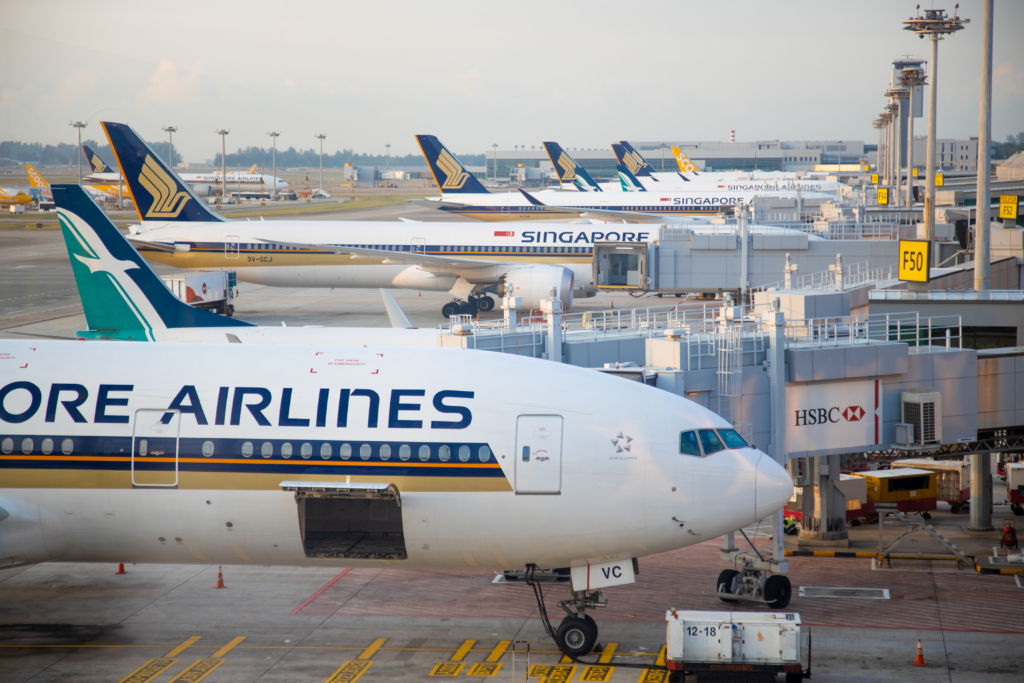
Airlines have been instructed by CAAS to collect the SAF levy themselves at the point of ticket sale and must also display the SAF levy as a distinct line item on the passenger’s ticket price summary.
The CAAS notes that the SAF levy will only apply to passengers who are travelling on origin-to-destination flights and not those simply transiting through Singapore.
CAAS had previously estimated the SAF levy to be around S$3.00, S$6.00, and S$16.00 for a passenger in economy class travelling direct to Bangkok, Tokyo, and London, respectively.
The actual SAF levy amounts for Economy tickets to these same destinations are now to be charged at S$1.00, S$2.80, and S$6.40, respectively. The lower SAF Levy amounts reflect the lower prevailing cost of SAF compared to when the initial estimates were made, said the CAAS.
SAF levy for cargo shipments
It is not just passenger flights that will be affected by the new levy. Origin-destination cargo shipments are also set to be affected, with the levy being charged on a per-kilogram basis and varying based on the distance travelled, again using the four geographical bands set out above.
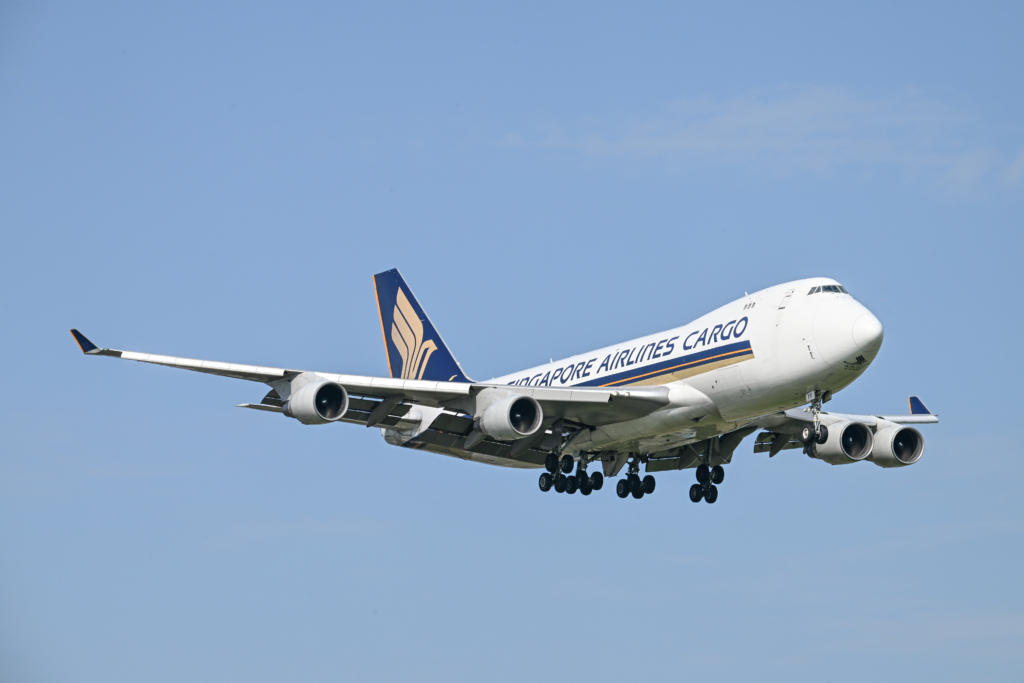
The aircraft operator will collect the SAF levy from the customer and must display the SAF Levy as a distinct line item on the air cargo contract. Sample rates show that the charges to be imposed vary from S$0.01 per kilogram on a Band 1 flight, through to S$0.15 per kilogram for a Band 4 flight.
Business and general aviation flights are also affected
The SAF levy for general and business aviation flights is charged on a per-aircraft basis and varies based on the distance travelled, categorised by the four geographical bands.
The amount is also calculated as a function of an aircraft’s International Civil Aviation Organization (ICAO) official codes (A-F) for aircraft wingspan, which serve as a proxy for aircraft size.
The levies to be charged will vary from S$40 for a six-seat Cessna C404 Titan flying to a Band 1 destination to S$1,950 for a Gulfstream 6000 travelling between Singapore and a Band 4 destination.
However, the CAAS advises that certain flights, such as training flights and flights for charitable or humanitarian purposes, will not be subject to the SAF levy.
How the SAF levy will be collected
All the funds collected through the imposition of the SAF levy will go into a statutory SAF fund to be managed by CAAS. In turn, the fund will subsequently be used solely for the purchase of SAF and/or SAF environmental attributes, said CAAS, and would and to cover the associated administrative costs.
“The Singapore Sustainable Aviation Fuel Company Ltd. (SAFCo) will manage the procurement, allocation, and administration of SAF and EAs, to get the best value for money and ensure transparency and accountability in the use of the fund,” said a CAAS statement.
“CAAS will continue to engage airlines, aircraft operators, and other industry stakeholders in the coming weeks and work with them on implementation,” the statement added.
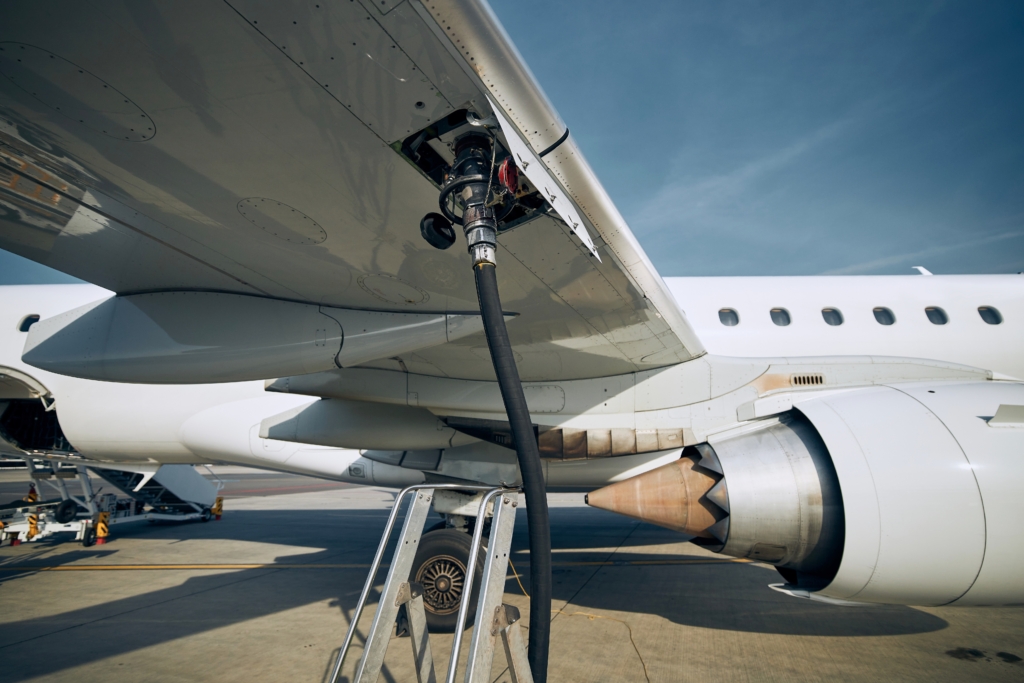
Han Kok Juan, Director-General of CAAS, said, “The introduction of the SAF Levy marks a major step forward in Singapore’s effort to build a more sustainable and competitive air hub.”
“It provides a mechanism for all aviation users to do their part to contribute to sustainability at a cost that is manageable for the air hub. We need to make a start. We have done so in a measured way, and we are giving industry, businesses, and the public time to adjust.”
Passengers may not pay the whole levy
However, operating airlines may likely swallow some of the impact of the new levy being charged, to ensure that their flights from Singapore remain competitive.
Thus, although the levy may be S$10.40 on an economy flight to the US, the passenger is unlikely to bear this whole charge on their ticket price.
Instead, airlines may well adjust their base fares to keep the overall cost of tickets competitive, thereby absorbing some, if not all, of the levy. It is also worth noting that in the case of frequent flyer award tickets and other complimentary ticket types, the SAF levy will still apply and is likely to be picked up in full by the passenger, as with any other tax or surcharge.
